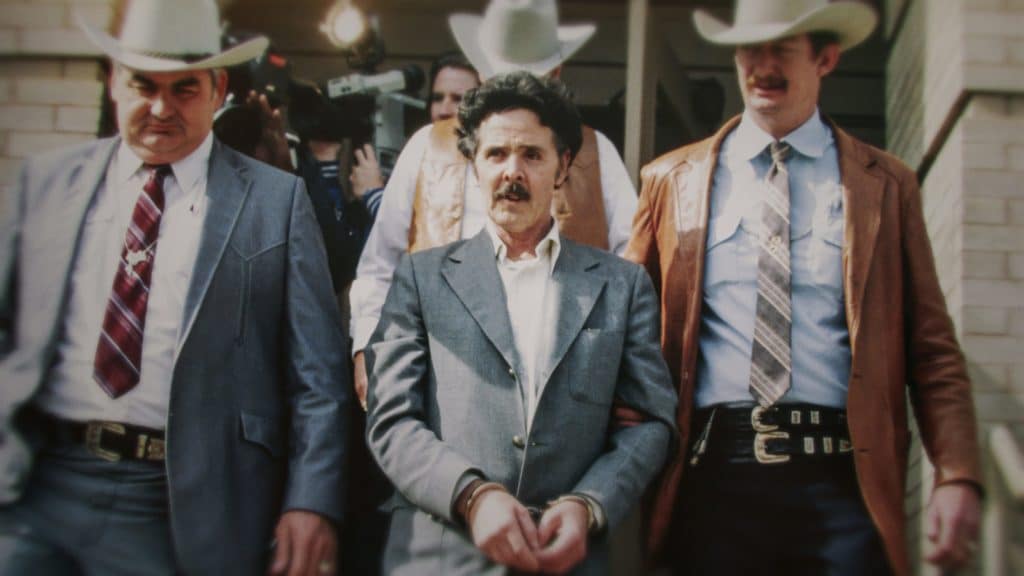Water. It can be refreshing, soothing, or even life-saving. We need water to survive. And yet, humans have found a way to turn this precious resource into a diabolical form of torture.
Water may not sound as bad as other torture methods involving spikes, rods, electricity, or sharp or painful objects. The idea of dripping water on someone – which is what Chinese water torture consists of – sounds almost pleasant. So how can droplets of water be considered torture?
Water can be truly sinister in the right (or wrong) hands. So let’s take a look at the roots of Chinese water torture and whether it was ever actually used, to begin with.

What Is Chinese Water Torture?
Although everybody seems to have heard of Chinese water torture, its origins are not well known.
It’s most commonly used nowadays as a metaphor for something annoying. But “annoying” doesn’t come close to the horrors this practice supposedly inflicted on its victims.
Just imagine being strapped to a chair and immobilized. Torturers poured cold water on your head in a steady, continuous stream of droplets that you can do nothing to stop.
Hour after hour, the cold water taps against your forehead. Your body temperature drops, and you get chilled.
The straps holding you down dig into your skin. You have no idea how long you’ll have to endure the pain and discomfort. You can’t sleep. You can’t relax. And still, the water keeps coming.
Eventually, if the person were not released, they would most likely suffer a psychotic breakdown.
Many believe Chinese water torture was a very effective way to seriously harm someone. But where did this notion originate?
Where Did Chinese Water Torture Come From?
Contrary to popular belief, Chinese water torture was most likely not invented in Asia.
Its first known description appears in a text written by Italian scholar Hippolytus de Marsiliis, who lived in the 15th century.
Hippolytus seemed to have a certain fascination with inflicting cruel punishments on people because he known for studying sleep deprivation as a method of torture.
In his writings, he meticulously described how a lack of sleep and aggressive interrogation methods can effectively extract information from a victim.
It’s no wonder this same person would devise a method whose main purpose was to drive a person mad.
However, the method he devised originated from an erroneous conclusion. Supposedly, he observed how drops of water would, over time, erode a rock’s surface. And he believed that when applied to humans, the same would occur.
That’s right, Hippolytus thought that the water could drill a hole into a person’s skull.
It would take thousands of years for any physical damage to occur from water droplets. But that doesn’t mean that Chinese water torture wasn’t effective.
Other uses of Chinese water Torture
One problem with talking about Chinese water torture is scant evidence regarding its use as punishment.
However, French and German doctors adopted it as a therapeutic practice in mental asylums in the 19th century.
As crazy as it sounds, it was thought that certain kinds of insanity were caused by a buildup of blood in the head.
Water-dripping torture was thus turned into a form of treatment. A patient would be strapped down and submitted to this highly dubious application of what was once conceived as a method of torture. Unsurprisingly, its effectiveness was minimal.
Harry Houdini and the Chinese Water Torture Cell
If this water torture method originated in the writings of an Italian scholar, why is it called Chinese water torture? The answer most likely has to do with Harry Houdini.
In 1911, Harry Houdini invented a device known as the Chinese water torture cell, which he used in his act.
The cell, made of wood and glass, was barely large enough to fit a human.
During each performance, Houdini strapped himself upside down with heavy stocks around his ankles and was lowered into the water head-first.
The audience would see Houdini dangling upside down in the water momentarily. Then a curtain would close, and after several minutes of suspense, he would emerge triumphantly from the glass case.
The Chinese water torture cell went on to become one of his most famous tricks and wowed audiences around the world.
It’s unclear why this contraption came to be called the Chinese water torture cell. Houdini himself simply called it the “Upside Down” or “USD” for short.
Houdini’s act had little to do with the form of torture in which dripping induces a psychotic breakdown. However, it’s clear that the term “Chinese water torture” was already well-known by the 1900s since it had appeared in a short story as early as 1892.
Interestingly, in that story, called “The Compromiser,” the term is used metaphorically to describe the monotony a character feels when working as a lawyer. Houdini’s act likely brought this term to a wider audience.
Modern Forms of Chinese Water Torture
Since historical evidence of Chinese water torture is so limited, it’s unlikely it was ever even used.
But several other cruel forms of water torture have indeed been used for centuries – many of them up to the present day.
The most well-known of these is simulated drowning, or “waterboarding.” This distant cousin of the Chinese water torture method became part of the public’s consciousness after reports leaked out about its use on prisoners in Guantanamo Bay. Its history, however, dates back to at least the fourteenth century.
From its earliest uses, waterboarding was seen as a relatively humane method of torture because it didn’t leave physical scars on the body.
This was important to the Inquisitors of the Spanish Inquisition because they were forbidden to allow torture to result in physical damage or death to the victim.
Over time, waterboarding was used during various conflicts, including World War II and the Vietnam War. Theodore Roosevelt condoned the practice, arguing that “nobody was seriously damaged” by it.
It’s probably for the very same reason that democracies worldwide have adopted waterboarding as an interrogation method. It’s a way of implementing torture without leaving behind the tell-tale marks of suffering that other methods tend to leave behind.
This means that while Chinese water torture may not be used today, there are still plenty of ways to turn water into a terrifying experience.

